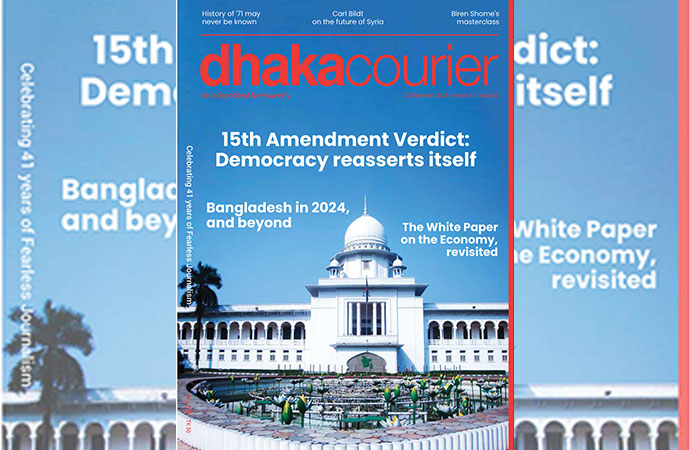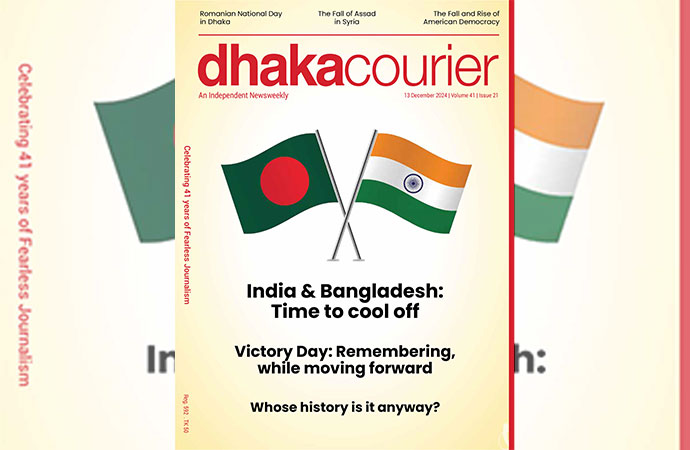Essays

How and Why to Read and Create Children's Digital Books: A Guide for Primary Practitioners by Natalia Kucirkova, First published in 2018 by UCL Press, University College London, Pages: 202, ISBN: 978-1-78735-347-3
In an era of rapid digitization, young children nowadays are spending more time than ever before on digital devices. Their reading is no longer limited to physical books and other printed materials. Digital books are becoming more and more popular among children. With these books, children can easily access stories via embedded multimedia and interactive features. Children can also listen to the stories and get immediate feedback or help when they don't understand. What is particularly valuable with digital books is the participatory nature of digital texts. Children can participate in conversations about their reading with other children accessing the same digital library or digital text. Digital books also open up the spaces for story authorship by offering multimedia options. Hence, many teachers, parents, librarians and researchers are seeking practical as well as straightforward guidance on how to support children's engagement with digital books.
Dr. Natalia Kucirkova, a Senior Research Fellow at London University's UCL Institute of Education, has been researching innovative ways of supporting children's reading engagement with digital books and the role of personalization in early years. In her well-researched book "How and Why to Read and Create Children's Digital Books", Dr. Kucirkova sketches effective ways of using digital books in early years and primary classrooms, and specifies the educational potential of using digital books and apps in physical spaces and virtual communities. With a particular focus on apps and personalized reading, she attempts to combine theory and practice to argue that personalized reading is only truly personalized when it is created or co-created by reading communities. Divided into two main parts, Part I of the book proposes criteria to evaluate the educational quality of the existing commercially or empirically produced digital books as well as practical strategies for their use in the classroom. Specific attention is paid to the ways in which digital books can support individual children's strengths and difficulties, digital literacies, language and communication skills. Part II focuses on new and potential digital books created by children, their caregivers, teachers and librarians. The author also offers insights into how smart toys, tangibles and augmented /virtual reality tools can enrich children's reading for pleasure.
The book contains 10 standalone chapters. The introductory chapter explains the author's approach to the topic of personalization and reading on screen. In this chapter, she provides some definitions for the key terms that frame this book and clarifies what digital books are, what they look like and where they can be accessed. The author also describes the basic nature of personalized reading, so that subsequent chapters can discuss its implications in more detail. Chapter 2 provides a concise summary of the existing empirical evidence concerning children's digital books. In selecting the studies for this review, the author is guided by two principal aims: to include interdisciplinary evidence that uses mixed methods in examining the relationship between digital books and children's learning, and to give equal weight to both positive and negative impacts of children's digital books. Although she tries to include studies that were conducted in various countries, she could not escape the fact that the current evidence base is dominated by Anglo-American research with a quantitative orientation. Dr. Kucirkova's focus on digital books as a specific type of children's engagement with screens is somewhat narrow but also specific to ensure a more thorough discussion of the key issues. After a résumé of research on digital books, the author zooms in on personalized books and the influence of personalization on children's learning with books. She breaks down the research findings in relation to their relevance for specific features of digital books and then the effects of these features.
The third chapter outlines criteria to evaluate the educational quality of digital books, as well as their potential to support reading for pleasure, children's online and offline reading practices (so-called 'blended engagement') and broader democratic and human values such as inclusion and diversity representation in children's stories. Practical strategies centre on the ways in which digital books can be deployed in the classroom, with some practical ideas of using digital books alongside the English curriculum. The next chapter continues the line of explaining practical strategies for the use of digital books in the classroom with emphasis on supporting children's digital literacies and language and communication skills. Effective strategies with digital books focus on supporting children's independent reading with the 'read to me' feature of digital books, as well as one-to-one, small-group and bigger-group reading of digital books in the classroom. Chapter 5 sheds light on how digital books might support individual children's needs, strengths and difficulties. An overview is provided of how the child's age relates to engagement with digital media and with digital books in particular. The chapter presents several examples of digital books developed to support children with language and reading difficulties, dyslexia, traumatic injury, attention-deficit disorder (ADD) /attention- deficit hyperactivity disorder (ADHD) and autism.
The subsequent three chapters (i.e. 6, 7 and 8) of the book move away from existing and commercially produced digital books to self-made personalized books. Each chapter follows the same structure of explaining first the reasons for the approach and its benefits for the children and reading community, and then how this approach can be adopted by the key stakeholders, with examples of resources and case studies. Chapter 6 details the ways in which children enjoy making their own digital books and the story-making apps and programs that can support this process. Children's digital stories can be shared with other classrooms or schools and they can also be used to enhance home-school dialogue. The next chapter positions teachers as creators and co-creators of children's digital books. Teachers' authorship could address the low quality of educational content available for children's reading on screen and could also enhance the ways in which children's digital stories connect homes and schools. This chapter also suggests approaches and resources to support this process. Chapter 8 outlines how digital books created by parents could foster intergenerational dialogue in the family, the celebration and preservation of dual language use and positive sharing of digital technologies at home. Guidelines for approaches and resources to support parents in creating digital books for and with their young children are also provided.
Chapter 9 focuses on book systems and ecosystems. Digital library systems can help both teachers and children find relevant content, archive readers' responses to individual titles and share these with others on a large scale. This chapter considers the nature of reading supported by digital libraries curated by teachers, with related pedagogical practice and approaches. Underpinned by the view that reading is a social practice, the opportunity for international communities of readers to come together and exchange stories is illustrated here with examples of digital reading hubs and digital libraries and reading systems. The final chapter of the book draws our attention towards a visionary forecast of how children's reading on screen could evolve in the next few years. Attention is paid to current developments in the area of tangibles, given that use of smart toys and tangibles is increasingly popular among children, teachers need to be aware of their potentials and limitations. Whether and how these new forms of story-making and story-sharing could enrich children's experiences in the classroom are also elaborated in this chapter. The book concludes with the reminder that reciprocity in story-making and story-consuming reflects the internal/ external dialogue between self and others which is a key to a holistic approach to children's stories.
The writer is an independent researcher. E-mail: smrayhanulislam@hotmail.com

























Leave a Comment
Recent Posts
Curtain rises on 6th National ...
The month-long '6th National Sculpture Exhibition 2024', organ ...
Thailand's sea nomads strive t ...
When Hook was a child, he started his days by jumping off the boat tha ...
Liliums grown in Bagerhat show surprising promise fo ..
Bangladesh’s three divisions brace for rain
Prioritise reconstruction of Gaza, West Bank, Lebano ..
In support of the vision set forth by the CA